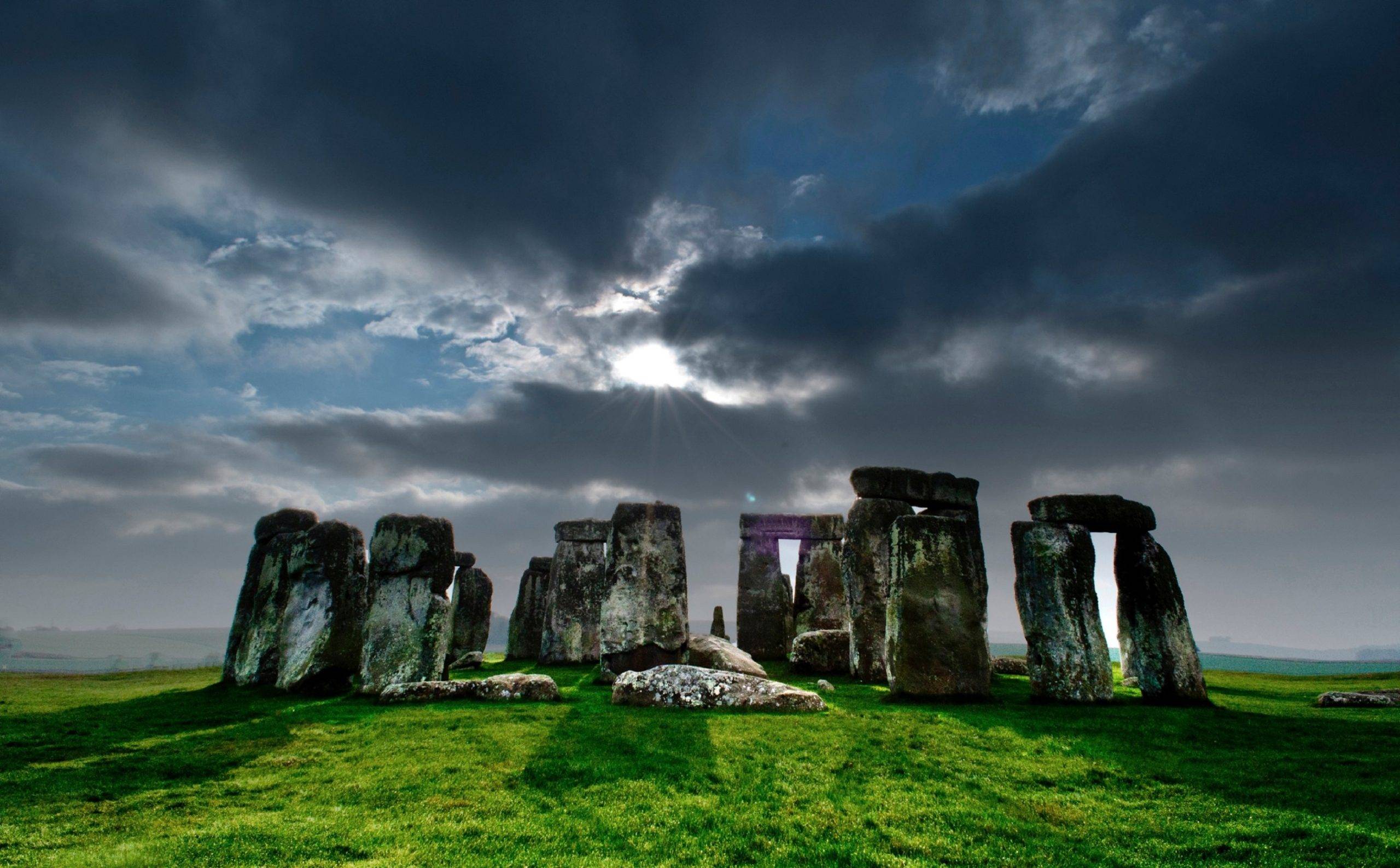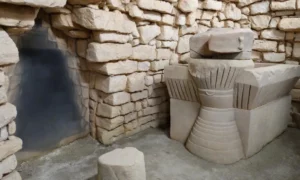Nuraghe Su Mulinu is a prehistoric archaeological site located in the Villanovafranca region of Sardinia, Italy. It’s part of the Nuragic civilization, which thrived in the Bronze Age. The site features a central tower, secondary towers, and a village. It’s the only Nuragic Site to be found with a grand altar in tact. Nuraghe structures are unique to Sardinia and provide insight into the island’s ancient inhabitants. Nuraghe Su Mulinu stands as a testament to the Nuragic culture’s engineering prowess and societal structure.
Megalithic Structures
Megalithic structures, monumental in both size and historical significance, have captivated the human imagination for millennia. These ancient constructions, primarily built during the Neolithic to the early Bronze Age, around 4000 BC to 2500 BC, are found across various parts of the world, from the windswept plains of Europe to the rugged landscapes of Asia. The term “megalith” itself is derived from the Ancient Greek words ‘megas’, meaning great, and ‘lithos’, meaning stone, aptly describing the sheer size and weight of these structures.
The Purpose Behind Erecting Megaliths
The functions of megalithic structures have been a subject of extensive study and debate among historians and archaeologists. While the exact purposes vary across different cultures and geographical locations, several common uses have been identified. Many megaliths are believed to have served as burial sites, with dolmens and passage graves providing a final resting place for the deceased. This funerary aspect suggests a reverence for the dead and possibly beliefs in an afterlife. In addition to their role as burial sites, some megalithic structures are thought to have had astronomical significance. The precise alignment of stones with celestial events, such as the solstices and equinoxes, points to an advanced understanding of the movements of the sun, moon, and stars. Stonehenge, perhaps the most famous megalithic structure, exemplifies this astronomical alignment, with its stones positioned to mark the summer and winter solstices. 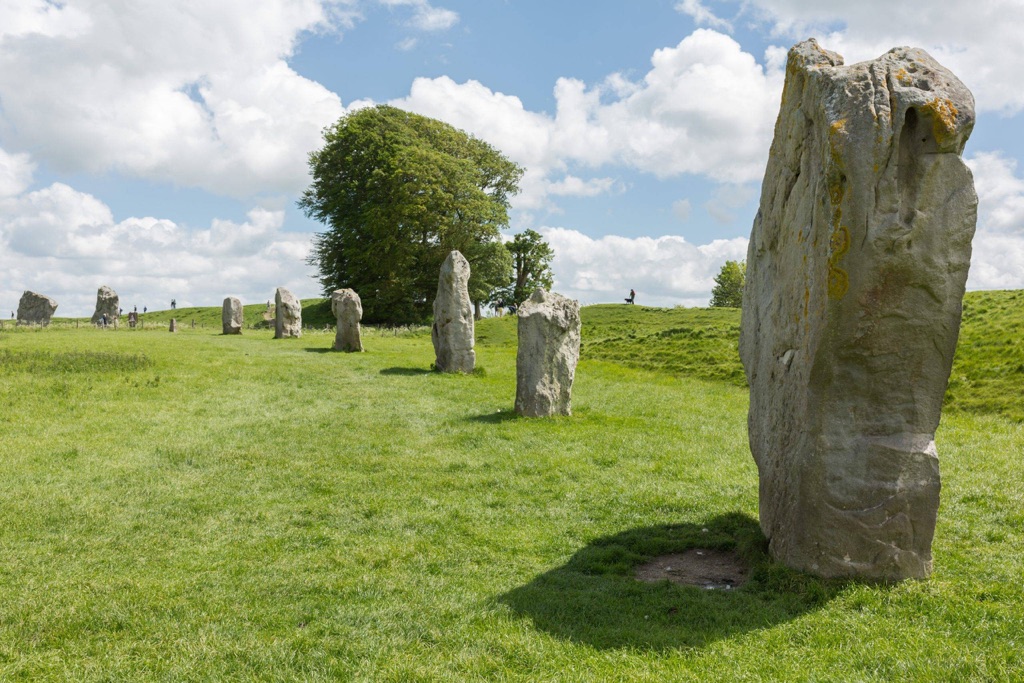
Architectural Techniques and Construction Challenges
The construction of megalithic structures is a testament to the ingenuity and resourcefulness of ancient societies. The transportation and erection of massive stones, some weighing several tons, would have required not only physical strength but also sophisticated engineering techniques. Theories on how these ancient peoples accomplished such feats include the use of wooden rollers, sledges, and lever systems. The construction of megaliths likely also demanded a high degree of social organization and communal effort, indicating a well-structured society with the capability to mobilize large groups for collective projects.
Megaliths as Symbols of Collective Identity
Beyond their functional and astronomical significance, megalithic structures may have served as powerful symbols of collective identity and social cohesion. The monumental effort required to construct these megaliths suggests that they were of great importance to the communities that built them. They could have acted as landmarks, territorial markers, or centers for social and religious gatherings, playing a central role in the cultural and spiritual life of the society.
Megalithic Sites around the world
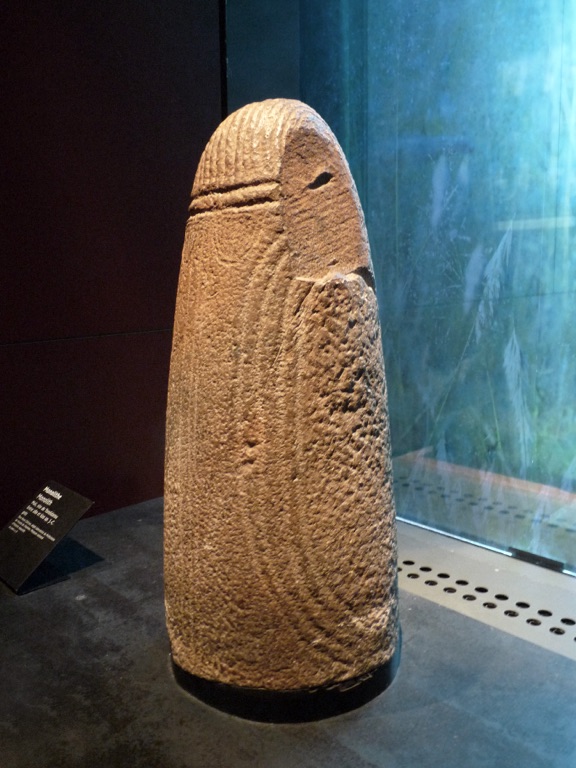
Tondidarou megaliths
The Tondidarou megaliths are a collection of ancient stone structures found in West Africa. These megaliths are significant for their historical and archaeological value. They provide insights into the prehistoric cultures of the region. The stones are arranged in various patterns and have been the subject of much speculation and study. They offer a window into the past, revealing the practices and beliefs of the people who erected them.
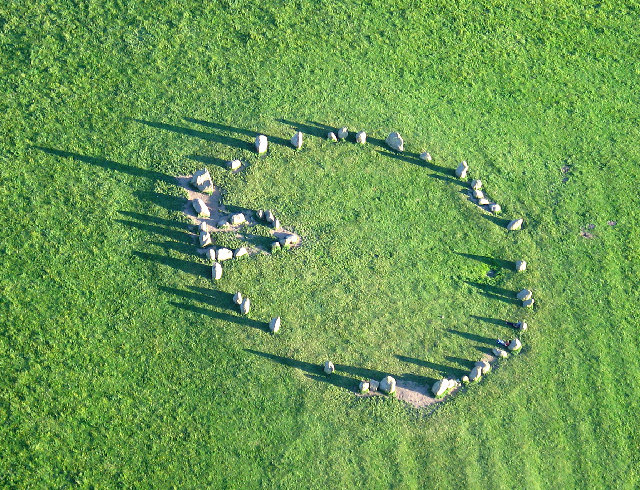
Castlerigg Stone Circle
Castlerigg Stone Circle, nestled in the Lake District of England, is a prehistoric monument that commands attention. This stone circle is one of the earliest in Britain, dating back to the Neolithic period. It consists of 38 stones in a layout that is both intriguing and mysterious. The panoramic views of the surrounding fells make Castlerigg a visual spectacle, and its historical significance adds to its allure. Scholars believe it was a site for ceremonies or trade, but its exact purpose remains a topic of debate. Castlerigg Stone Circle continues to captivate visitors and researchers alike with its ancient charm and enigmatic past.
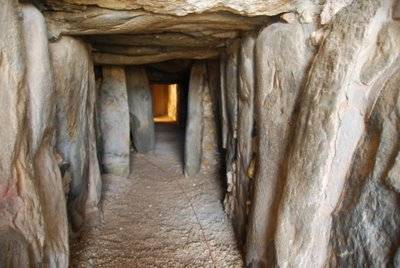
Dolmen de Soto
The Dolmen de Soto is a prehistoric tomb located in Trigueros, Huelva, in southwestern Spain. It is one of the most significant examples of megalithic architecture in the region. This ancient monument, dating back to the 4th millennium BC, consists of a large stone chamber and a long corridor, both built with large stone slabs. The Dolmen de Soto was discovered in 1923 and has since been a subject of archaeological interest and study, offering insights into the burial practices and beliefs of the people who constructed it.
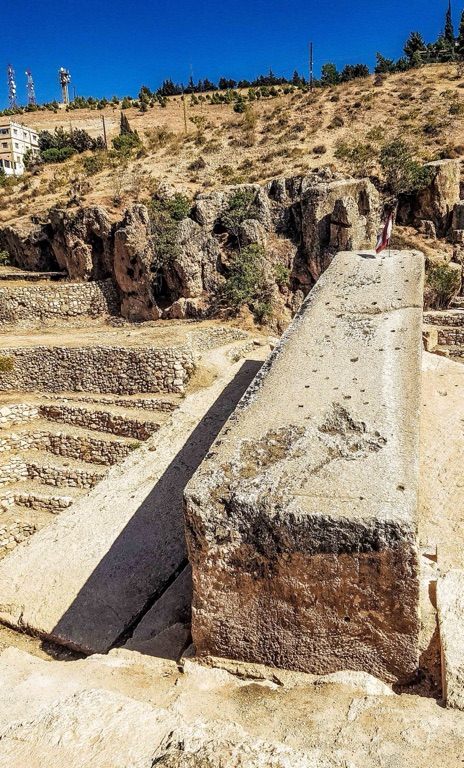
Baalbek Megaliths
The Baalbek Megaliths are among the most mysterious and impressive ancient structures ever discovered. Located in the Beqaa Valley of Lebanon, these stone blocks form part of the temple complex known as Heliopolis, or the City of the Sun. The site features some of the largest stone blocks ever used in construction, including the famed Stone of the Pregnant Woman, which alone weighs approximately 1,000 tons. The purpose and methods used to transport and place these stones have been subjects of debate among historians and archaeologists for years.

Pyramids around the World
Did you know there are over 5000 pyramids in across the globe, and those are just the ones we have discovered. I’ve created a list of all the pyramids around the world I could find. I have also created a map of the all the Pyramids around the World and you can also find a full list below. I will continue to update this as new Pyramids come to light. Feel free to make a suggestion in the comments if I’ve missed any.

